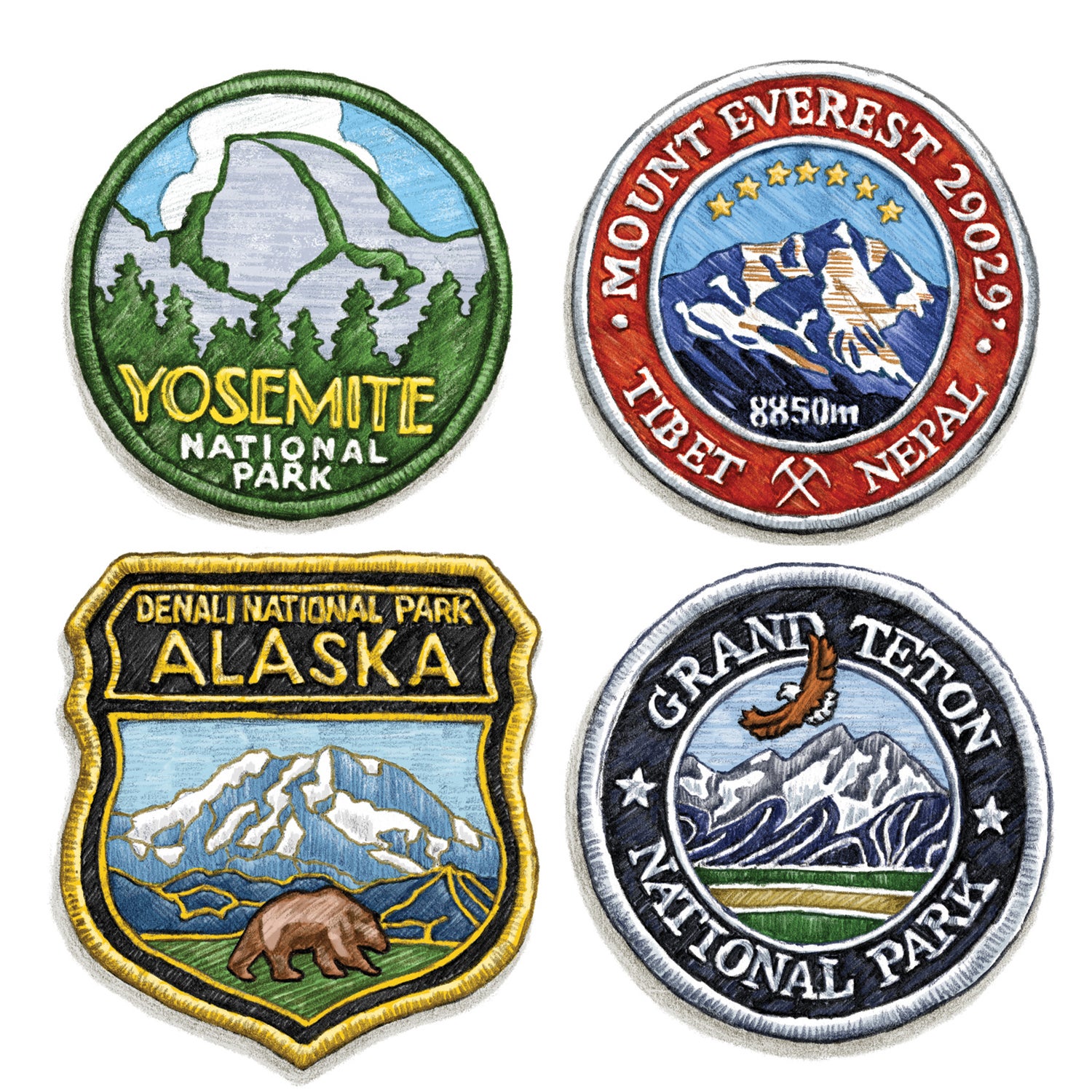In 2008, Brandon Latham was teaching rescue techniques to Sherpas at the . The KCC, founded in 2003 by the Alex Lowe Charitable Foundation, is about a dozen miles from Everest Base Camp and offers the best mountaineering training available in the region. Latham, then a ranger at , helped run the courses, along with about 15 other Western climbers and a few locals skilled enough to lead. Then he had an idea: Why not train Nepali instructors alongside National Park Service rangers, so they could develop advanced skills and teach them at the KCC?
“It gives Nepali guides an opportunity to see how climbing rangers perform search and rescue,” says Latham.
In 2009, the Sherpa Exchange Program was born, and Phunuru Sherpa, then a 28-year-old Everest guide, traveled to Denali as its first participant. “Those skills and techniques were so useful for me,” he says.
The exchange program has expanded over the past six years. Now two Nepalis a year serve as volunteer patrollers in Denali, Yosemite, and Grand Teton, spending one month in each park. Participants learn high-angle rope work in Yosemite, rescue management in the Tetons, and crevasse techniques in Denali. The variety is crucial, says KCC codirector Steve Mock, particularly as Nepal seeks to expand sport-climbing opportunities alongside trekking and mountaineering.
The program is already yielding results. The KCC increased the number of Sherpa instructors to 20 last year, and three former exchange-program participants will lead courses in anchor setting and crevasse rescue techniques for Everest’s Icefall Doctors, who establish the annual route through the Khumbu Icefall up to Camp II.
In 2014, their skills were tested when former participants evacuated a climber from just below Ama Dablam’s summit, at 22,467 feet, to Camp 3. In the past, such rescues could take up to two days, but thanks to hauling and rope-management techniques learned on Denali, the Nepali guides got the climber down in just 25 minutes.



